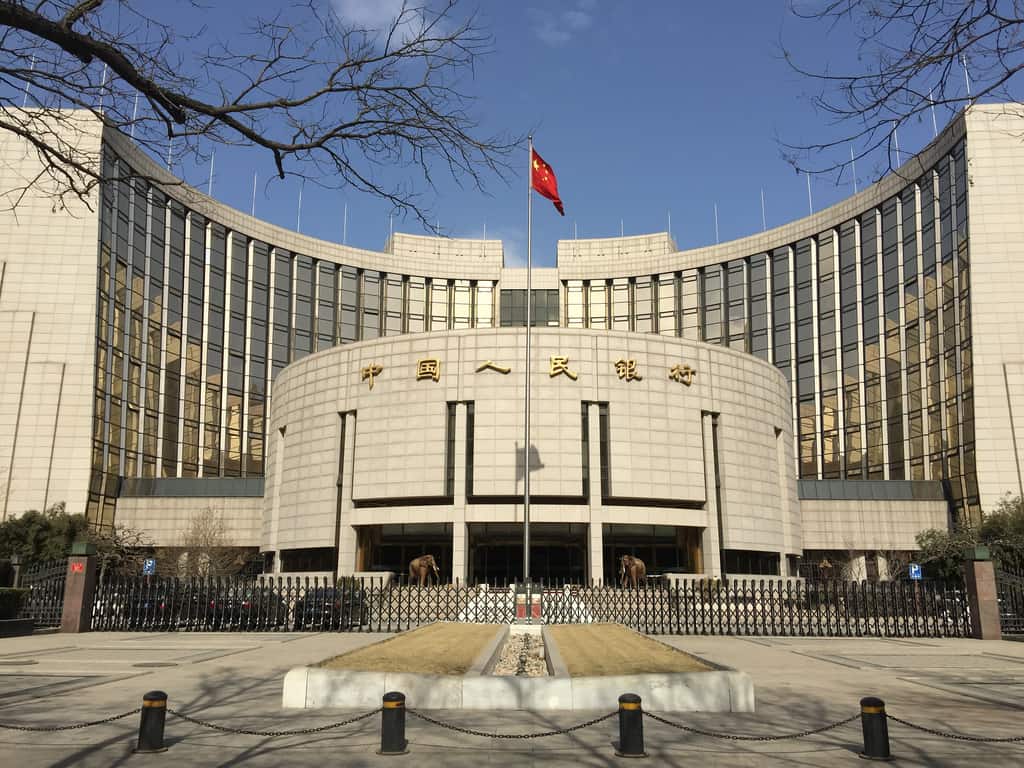A senior official from the Chinese central bank has flagged further efforts to improve China’s “twin pillar” framework for regulation of the financial system comprised of monetary policy and macro-prudential policy.
Li Bo (李波), deputy governor of the People’s Bank of China (PBOC), said that efforts to develop a “twin pillar regulatory framework” comprised of monetary policy and macro-prudential policy in China first kicked off even prior to the 2008 Global Financial Crisis.
“As early as prior to the 2008 Global Financial Crisis, PBOC was aware that it was not enough to only focus on price stability, and that the maintenance of financial stability is also highly important,” said Li on 22 May, during a speech delivered the 2021 Tsinghua University-People’s Bank of China School of Finance Global Finance Forum.
“At the same time we realised that only relying on monetary policy would make it very difficult to give simultaneous attention to the twin targets of price stability and financial stability.
At the outset of the launch of the policy framework, macro-prudential tools adopted to complement monetary policy included window guidance and minimum down-payments for mortgages. The development of a macro-prudential policy framework accelerated in the wake of the 2008 Global Financial Crisis, while authorities stepping up regulation of key areas including cross-border capital flows and real estate financing.
Li highlighted the positive results of development of China’s twin pillar regulatory framework.
“The twin pillar adjustment framework organically integrates the two main targets of maintaining price stability and preserving financial stability, and plays an important role in maintaining China’s macro-economic stability and national financial security in this new historic era.
“In recent years, the external environment has undergone profound change, and domestically we are still at the phase where certain financial risks come to light all at once. The establishment of a twin-pillar adjustment framework however, helps us to effectively deal with these complex circumstances.
“In terms of results, credit and total social financing have maintained rational growth, and the majority of financial institutions are developing steadily, while unrestrained leverage and speculation on financial markets have been significantly restrained – overall, we have obtained positive results.”
Li nonetheless points out that the twin pillar framework remains at a “preliminary stage” of development, and continues to face two main challenges in particular:
- The macro-prudential policy framework remains immature and still has “large room for growth.” “In areas such as financial infrastructure and cross-border capital flows, macro-prudential regulation remains at an early phase of exploration, and common consensus has not yet been formed. More research and exploration is needed.” Li further points out that macro-prudential policy lacks clear, quantifiable targets in certain areas, while systemic financial risk monitoring and early warning systems require further improvement, and coordination between monetary and macro-prudential policy needs further strengthening.
- The financial supervisory framework requires further improvement. “Effective implementation of macro-prudential policy and monetary policy requires a macro, counter-cynical and cross-market perspective, yet it also requires the implementation of specific supervisory and regulatory tools. This means that our macro-regulation, whether it’s monetary policy or macro-prudential policy, requires better coordination between regulatory policy and regulatory tools…looking at implementation over the past several years, there is the need for further strengthening of function-based regulation and target-based regulation.’
Li Bo outlined recommendations in three areas for addressing these problems:
- Strengthen coordination of the twin-pillar regulatory framework, continue to drive a shift from a focus on quantitative adjustment to price regulation when it comes to the monetary policy framework. Strengthen the transparency and rules-based nature of monetary policy operations, and fully make use of the structural adjustment role of macro prudential policy.
- Further improve the macro-prudential framework, and research clearer, quantifiable macro-prudential policy targets. This will include clarification of final targets and intermediary targets, as well as the macro-prudential policy regulatory framework. At the same time drive the formation of scientific and effective macro-prudential policy transmission mechanisms. Strengthen the financial risk monitoring and early-warning system, effectively perform macro-prudential regulation in key areas, and gradually incorporate all financial activities, financial institutions, financial markets and financial infrastructure that possesses systemic influence into macro-prudential regulation.
- Further improve the financial supervisory and regulatory framework. This includes further integrating macro-policy and supervisory and regulatory policy, as well as strengthening macro-prudential regulation and conduct regulation, and implementing function-based regulation and target-based regulation.


